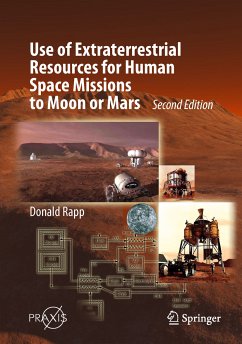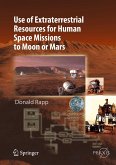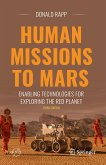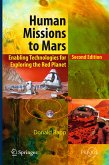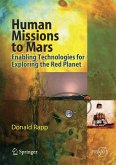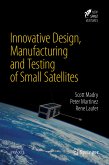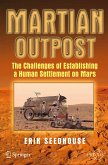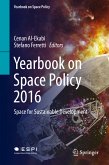This book presents a detailed, independent review of essentially all the technical aspects of "in situ resource utilization" (ISRU), offering the first in-depth discussion of the issues of crew size, ascent from Mars, and ISRU processes. It also provides data on lunar ISRU not previously available to the public.
This new edition provides a short synopsis of the Mars mission, and discusses various topics, including solid oxide electrolysis, which promises to be an important part of the ISRU picture. In addition, it explores ancillary needs for Mars ISRU and how to obtain water on Mars.
It is the go-to resource for professionals involved in planning space missions or working on ISRU processes, as well as students planning careers in space technology.
This new edition provides a short synopsis of the Mars mission, and discusses various topics, including solid oxide electrolysis, which promises to be an important part of the ISRU picture. In addition, it explores ancillary needs for Mars ISRU and how to obtain water on Mars.
It is the go-to resource for professionals involved in planning space missions or working on ISRU processes, as well as students planning careers in space technology.
Dieser Download kann aus rechtlichen Gründen nur mit Rechnungsadresse in A, B, BG, CY, CZ, D, DK, EW, E, FIN, F, GR, HR, H, IRL, I, LT, L, LR, M, NL, PL, P, R, S, SLO, SK ausgeliefert werden.

